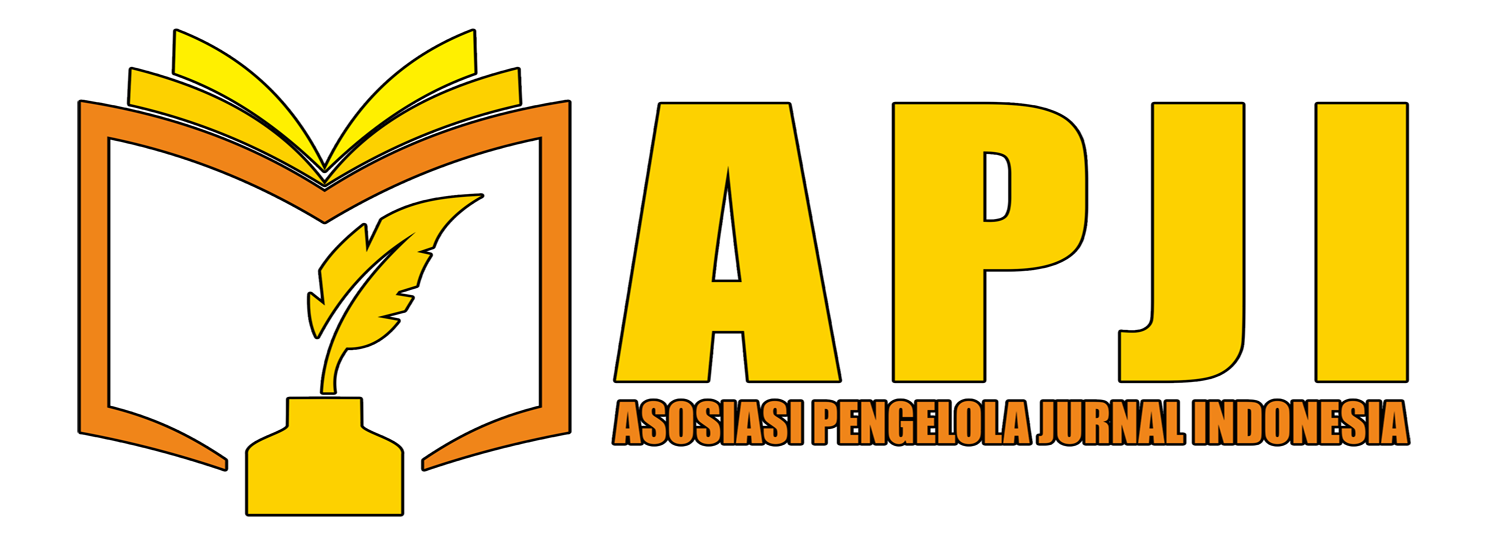Application of STAD (student team-achievement divisions) Model to Increase Problem-Solving Activities for Quadratic Equation Material Class IX SMP Negeri 13 Malang
DOI:
https://doi.org/10.72204/wjxgj486Keywords:
Student team-achievement divisions, Classroom Action Research, PuzzleAbstract
The low quality of problem-solving activities can be marked by a lack of understanding of students' understanding of problems. For this reason, the author conducted research by implementing STAD-type cooperative learning, which is expected to make it easier for students, especially to understand the material and information conveyed, to improve their ability to solve problems through student activities. The purpose of this study is to improve student learning outcomes and problem-solving activities using the STAD model. The researcher uses Classroom Action Research (PTK) which aims to examine problems in the classroom and can improve student problem-solving activities and learning outcomes. The research was carried out in the odd semester of the 2018-2019 school year and took place at SMP Negeri 13 Malang. Data collection was carried out by instrument test and non-test (questionnaire). The results showed that students who completed learning increased by 33% in cycle 1 and 10% in cycle 2. Students' problem-solving activities, initially the average number of 0.32 became more active with an average number of 0.6. Problem-solving strategies for students of quadratic equation material can use the STAD model with various games such as PUZZLE and RUTAN SAKU.
Downloads
References
Budhayanti, et al. (2008). Mathematical Problem Solving. Jakarta: Ministry of National Education
Chaeriyah, Siti. (2010). Application of Student Teams Achievement Divisions (STAD) Type Cooperative Learning Model to Improve the Mathematical Problem Solving Ability of Grade VII D Students of Depok State Junior High School on Quadrilateral Building Materials. Yogyakarta: Yogyakarta State University
Eka Lestari, et al. (2017). Mathematics Education Research. Bandung: PT. Refika Aditama
Eny Mulyani, Gimin Suyadi, Nurhanurawati. (2012). Application of STAD Type Cooperative Learning Model to Improve Students' Activities and Understanding of Mathematics Concepts. Lampung: University of Lampung
Hudojo, Herman. (2005). Curriculum Development and Mathematics Learning. Malang: UM Press
Mathematics, N. C. (2000). Principles and Standards for School Mathematics. The United States of America.
Musthofa, Moses. (2016). Application of Problem Based Learning (PBL) Model to Improve Student Learning Outcomes of Mathematics Subject Grade VII SMP Muhammadiyah 6 Surabaya (thesis). Surabaya: University of Muhammadiyah Surabaya
Rajaguguk. Waminton. (2015). Evaluation of Mathematics Learning Outcomes. Yogyakarta: Media Academy
Rusman. (2010). Learning Models to Develop Teacher Professionalism. Jakarta: PT. King Grapindo
Rusyanti, H. (2014). Learning Mathematics by Experts (online)
Sadirman A. M. (2009). Interaction and Motivation for Teaching and Learning. Jakarta: CV. Hawk
Siswono. (2008). Submission-Based Mathematics Learning Model and Problem Solving to Improve Creative Thinking Skills. Surabaya: Unesa University Press.
Suherman, Erman, et al. (2003). Contemporary Mathematics Learning Strategies. Bandung: PT Remaja Rosdakarya
Downloads
Published
Issue
Section
License
Copyright (c) 2024 musa musthofa

This work is licensed under a Creative Commons Attribution-ShareAlike 4.0 International License.

JOELI: Journal of Educational and Learning Innovation Published by CV Zamron Pressindo, Gresik, East Java, Indonesia is licensed under a Creative Commons Attribution-ShareAlike 4.0 International License.











 © 2024 This work is licensed under a
© 2024 This work is licensed under a 